News
FOCUS: The Other Richard
27 August 2020
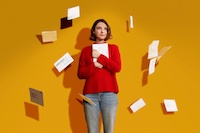
© The Other Richard
Photographer duo Richard Lakos and Richard Davenport aka The Other Richard reached out to us recently with their project The Lost Fringe documenting the Edinburgh Fringe Festival that was cancelled this year due to Covid-19, for the first time in 70 years. The project showcases has not taken place this year. The project documents what this looks like from two opposing perspectives: the acts with no venues, and the venues with no act. Read on below to find out more about the inspiration behind the project, how they came to work as a duo, their distinct style and how becoming AOP Members was one of the best decisions they made.
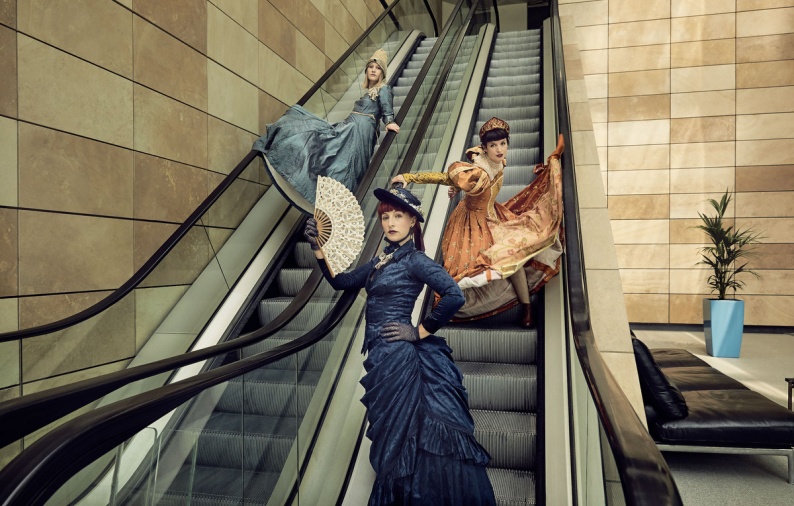
© The Other Richard
We’d love to know how your career began as a duo?
RL – We spent a few years establishing ourselves as individual freelancers. There’s a relatively small pool of dedicated photographers within the field which we work, so when you start at the same time, work for the same clients -and more importantly have matching- names you start to wonder… who the bloody hell is this ‘other Richard’ that keeps showing up. (can you see where this is going?!)
Fast forward to 2015 and we bump into each other at an industry party (in a very sitcom style run-in in the men’s room of all places). A week later we showed up to the same job having both been booked simultaneously by a producer who was confused as to which Richard she’d been talking to.
So, to solve the confusion for everyone and to begin a more collaborative and creative style of working together, we decided to begin a career as a duo. Our repeated phrase ‘who is this other Richard’ became the proud badge of our partnership and ‘The Other Richard’ was born.
RD – It became apparent as soon as we started chatting that we were both experiencing a lot of the same pain points. We were one-man bands who were doing everything from concept, execution and delivery on stills and moving image projects. We were reaching the limit of what our ambitions as individual creators would allow us to do. Starting as a duo meant that we had twice the amount of resources, creative thinking, and ability to execute our own work and client work. I had a studio space that I shared at the time with another photographer, so Rich L. joined us and we slowly began to work out how we would operate as a business and elevate our outputs. It’s definitely been a positive learning curve and you have to leave your ego at the door.
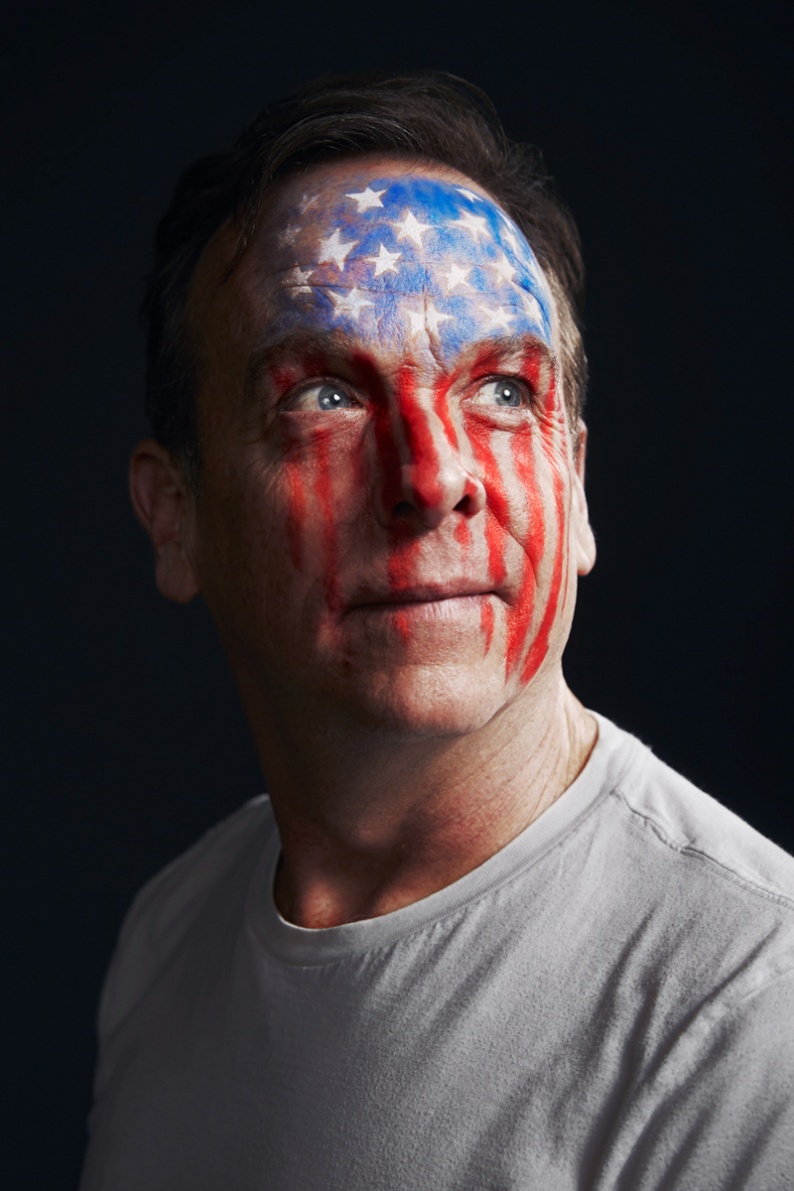
© The Other Richard
Can you also talk about the challenges and benefits of working together and how you decide who takes on what roles.
RL – Actually, it’s quite an organic process. We talk about every project that comes into the business and collaborate creatively on everything so there’s definitely a lot of each other’s thoughts involved before one or the other even picks up the camera. But that’s part of the beauty of the partnership; that ability to gain two different perspectives and in turn develop strong concepts and ideas. While we each have our individual strengths which we play to, we also work to stretch ourselves beyond these so we don’t become one dimensional.
It takes a bit of adjusting and learning to remove the ego from the way you think about jobs and the work you produce, but we both feel a huge benefit to having that sense of support from someone you immensely respect.
RD – One of the biggest things it makes you realise how much extra stress you carry as a solo freelancer. Working together provides flexibility, especially around any illness or time off. We always want to make sure the client experience is seamless and so with two of us there is always cover should we need it and there is always an extra pair of hands to help pick up the workload or chat to clients on shoots. Plus, over time we have developed a shorthand and can often pre-empt things before they need to be said.
We also act as sounding boards for each other as well. Often, we’ll be working up a pitch, retouching or editing a film and you are able to just lean over and get constructive feedback instantly. We all know what it’s like when you have been working on something for hours and lose that ability to be objective about your work. It’s just nice to know that someone has your back.
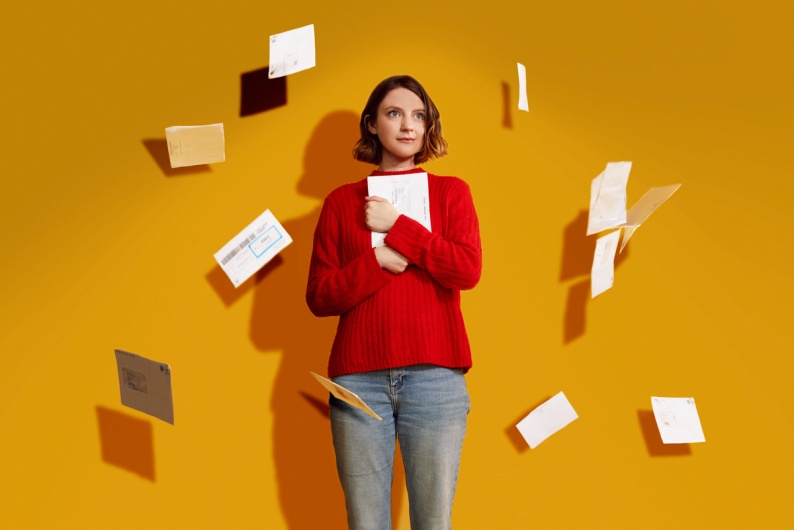
© The Other Richard
How do you see your photographic style and how has it developed overtime
RD - We define our style of work as bold, clean and energetic, whether it’s something we’ve shot in the studio or on location.
RL - We both had a very strong sense of what we liked even before we started working together, the benefit of time is that we have been able to influence each other and refine our style and execution. Perhaps collaborating has also driven us forward creatively as I think we have developed our work quite quickly in quality and efficiency.
Someone once likened learning photography and filmmaking as paint strokes, when you’re starting, every lesson and thing learned is a broad paint stroke in development which is exciting and satisfying. Over time the strokes get smaller and smaller until your adjustments are really detailed and refined.
RD - We have been very fortunate to have been kept busy with a lot of client work since we started but it’s now that we are making sure to carve out time to generate personal work. It’s really fulfilling to return to that primary place that you can try new things and continue to develop and shape your own style. Our style will continue to evolve and refine over time, I think if it doesn’t then it can become a little like going through the motions and you lose the curiosity you have when you first start.
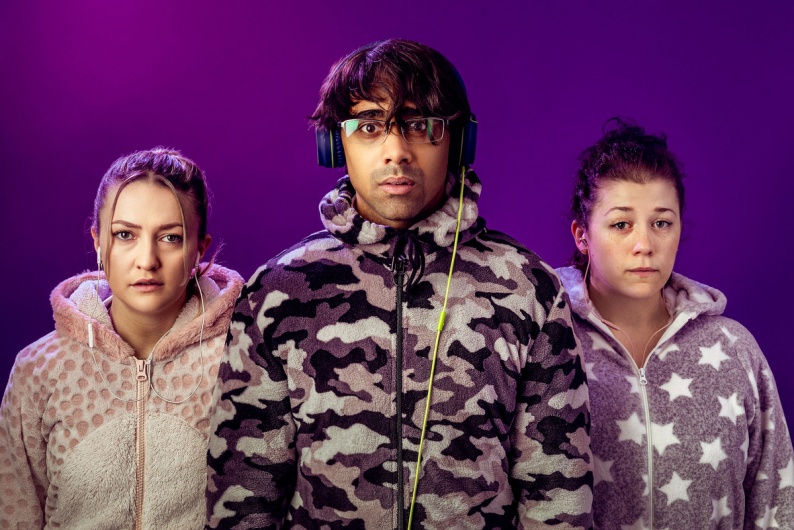
© The Other Richard
What elements do you believe identify a professional photographer to that of a person that simply takes amazing images?
RL- It’s kind of wonderful that the title of ‘photographer’ can apply to the hobbyist and the pro alike. It’s fantastic that there’s so much enthusiasm and accessibility to photography and in individuals expressing themselves creatively, it’s really important to keep encouraging people as its only beneficial in the long term for the creative industry as people learn and understand the value and skill in professionalism.
I think to define it: a professional photographer is simply someone that’s converted that ability to take amazing images into someone who meets the pressures and demands of asking to be paid for that ability. It’s definitely a long journey you make from that initial ability and instinct to a fully realised professional and its many requirements. Certainly, my first few years as a photographer were spent naively thinking ‘I take great photos, why aren’t I a mega-pro yet? Is there more to this that I don’t get?’ (duh past Rich of course there is). You learn that there’s the business side, the client side, the archivist side, the copyright enforcer, the creative director, the retoucher, the film maker, the editor and so on… That being said, there’s always opportunity to learn and grow and we’re definitely still on that journey and keen to push boundaries and develop professionally.
RD – I think it’s the ability to turn up to any location and produce what’s required irrespective of circumstance. It could be an overcast day but you have to make it look like the middle of summer, or if your location falls through and you have to find a new one within a short timeframe. We have all had those situations where you’re told you will get 60 minutes to shoot and suddenly it changes to five. It’s about being adaptable and not letting things phase you. I think it’s a culmination of years of experience and having the tools in your arsenal for those situations. It’s also everything beyond just taking photos. When you are on a set it’s your job to make sure it all runs smoothly, that the client and talent are happy and expectations are managed and met and hopefully even exceeded.
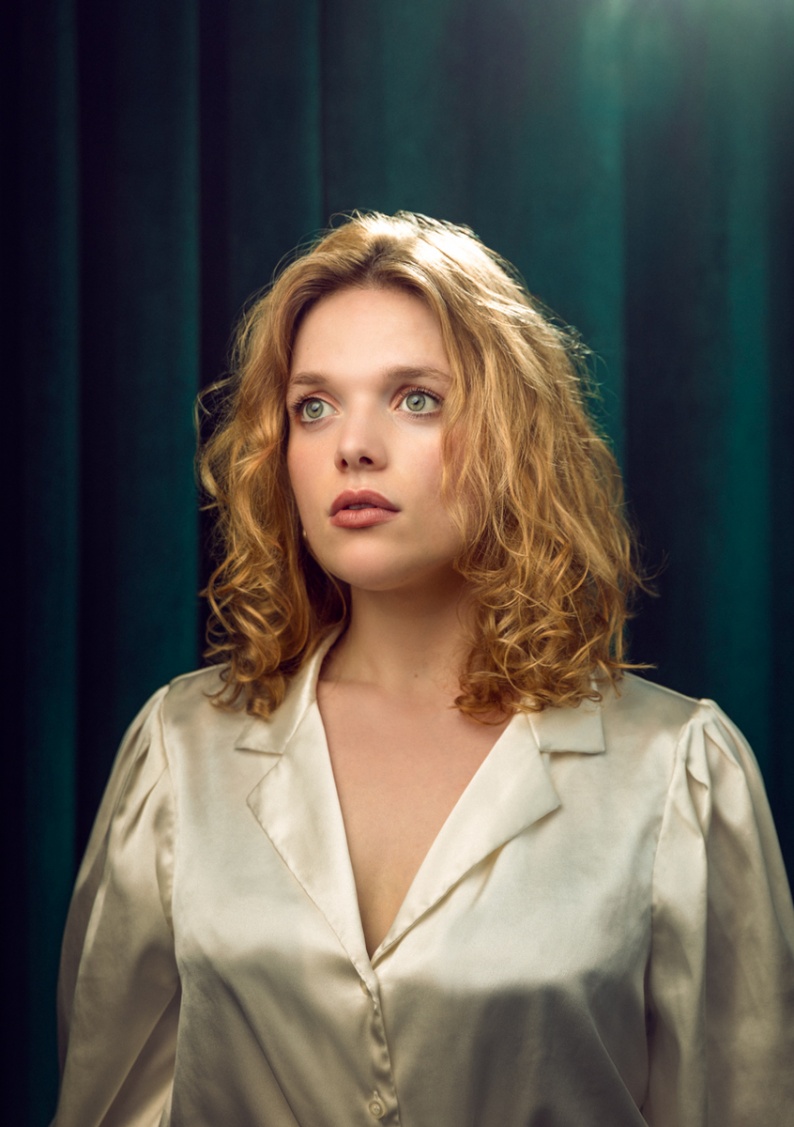
© The Other Richard
Can you talk about the inspiration behind your project ‘The Lost Fringe’
RD – I’ve been going to the Edinburgh Festival for over a decade and then as The Other Richard we have been going for the last five years. It’s always been a focal point of the year. In that time we’ve taken thousands of photos of hundreds of performers. It’s such an amazing festival and it’s the birthplace of many careers. When Covid-19 first emerged, we were hopeful that the Festival would still go ahead. As soon as it became clear that wasn’t going to be the case, I felt a massive sense of loss. Not only had all our work stopped overnight but now what is usually our biggest work month of the year had gone too.
Then as the dust settled I began to think about all the performers and their characters who would be stuck at home. Just as we were forced to stay inside, now too were these creations that belonged on stage. The phrase ‘all dressed up and nowhere to go’ began to circulate in my head and I could see the series developing. I knew it would make for a solid piece of personal work and so threw myself into making it happen.
I reached out to a few people and suddenly found myself inundated with performers who were keen to collaborate and make something positive out of this loss. In the end I shot 27 performers in 20 days, each bringing their own uniqueness to the series. It was important to me that we try to represent a cross section of shows you might see at the Festival.
When I talked to Rich L about it, he suggested exploring the empty venues which allowed us to showcase the effect Covid was having on two different sides of The Fringe; the acts with no venues, and the venues with no acts. His beautiful shots of the empty venues and the contrast of the vibrant portraits really highlight the impact that the cancellation has had this year on the city and spaces. Hopefully It serves as a powerful reminder of the importance the performing arts plays in our everyday lives; providing spaces for art to come alive and act as a prism through which to assimilate and understand ourselves according to the world around us.
RL - When Rich D first mentioned his idea for the series, it felt like a really nice project that we could collaborate on together and so I suggested the opposite side to his concept ‘the performers without a space’.
The whole of the UK is reeling from the impacts of Covid-19 and lockdown; from the macro of the economy, our healthcare in crisis and the potential of a year without live culture; to the micro of our personal stories and struggles. It was that contrast we were most intrigued to explore through The Fringe. We thought about the individual performers and makers, who spent months writing, preparing and practicing only for a pandemic to have wiped out their most influential month, almost overnight. And of the city, that last year drew in almost 3 million global visitors but will instead remain eerily quiet, devoid of its cultural jewel for the first time in 70 years, the economic impacts of which will be felt for some time.
The Other Richard - Reel from The Other Richard on Vimeo.
What does being a member of the AOP mean to you both?
Joining the AOP has been one of the best decisions we made. We met you at the NEC during the photography show and felt so welcomed and supported that we knew we had to join. It was a real signifier that we’d decided to take our professional development seriously and the community, support and inspiration that an organisation like the AOP offers has endless value. During this challenging time, we’ve found the recent webinars and information around Covid so helpful, and we’ll sing your praises to anyone who’ll listen!



